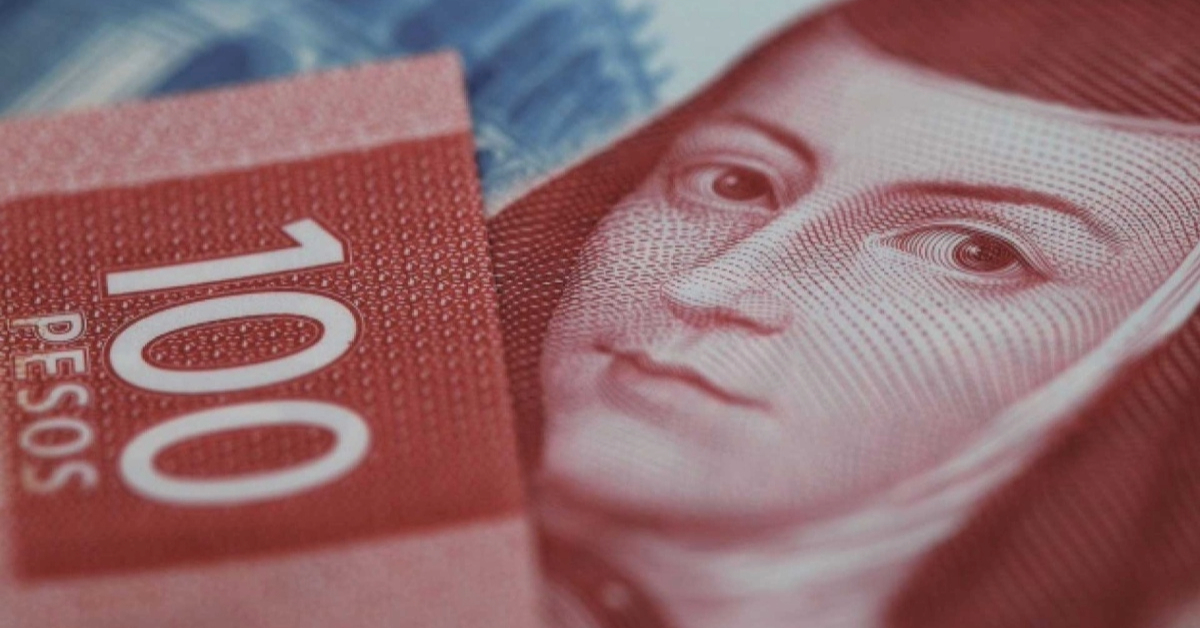Mexico City—The Mexican peso experienced a decline against the U.S. dollar on Monday morning, ending a three-day streak of gains. The depreciation comes as the market braces for crucial inflation data from the United States, which could have significant implications for monetary policy and economic outlooks on both sides of the border.






